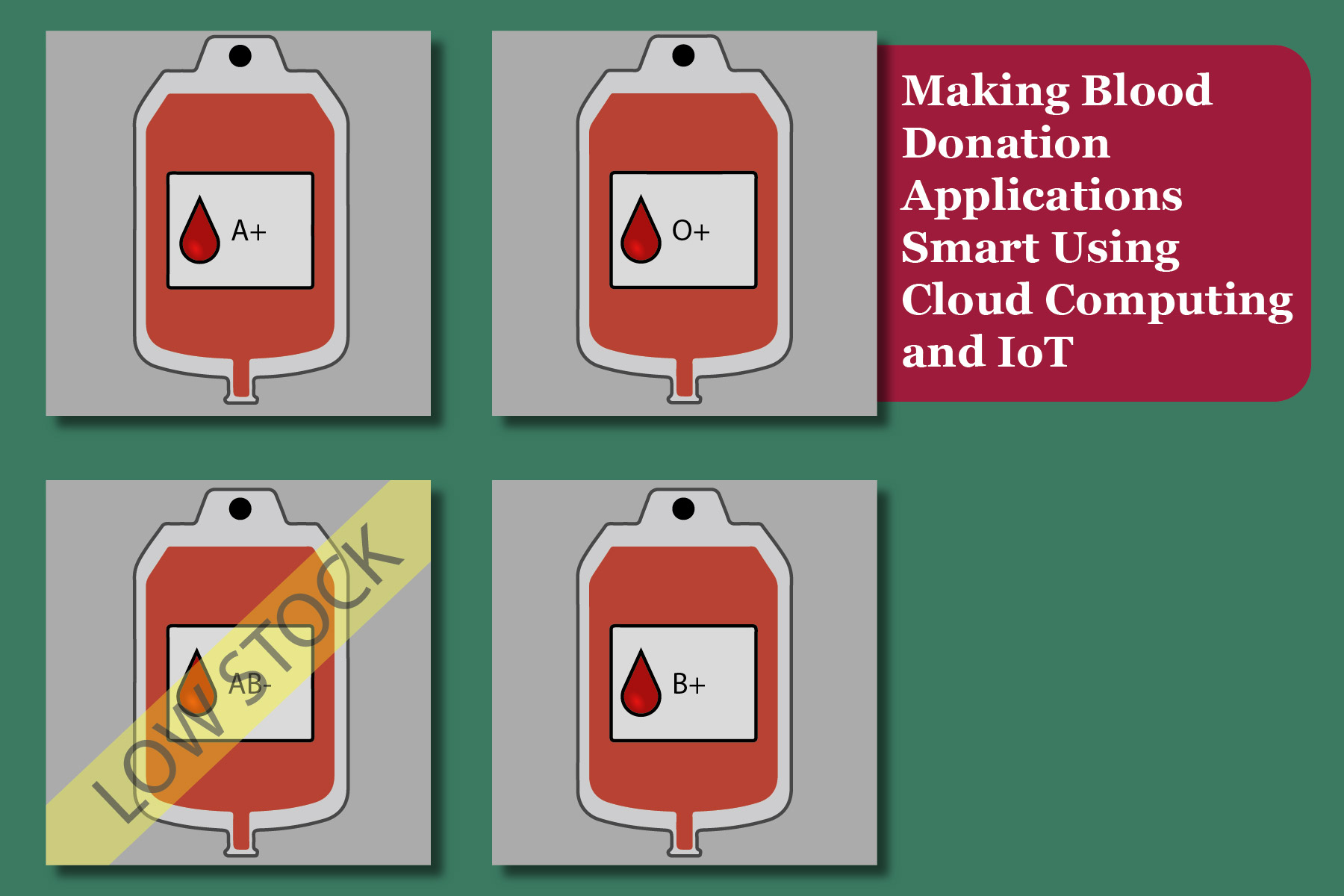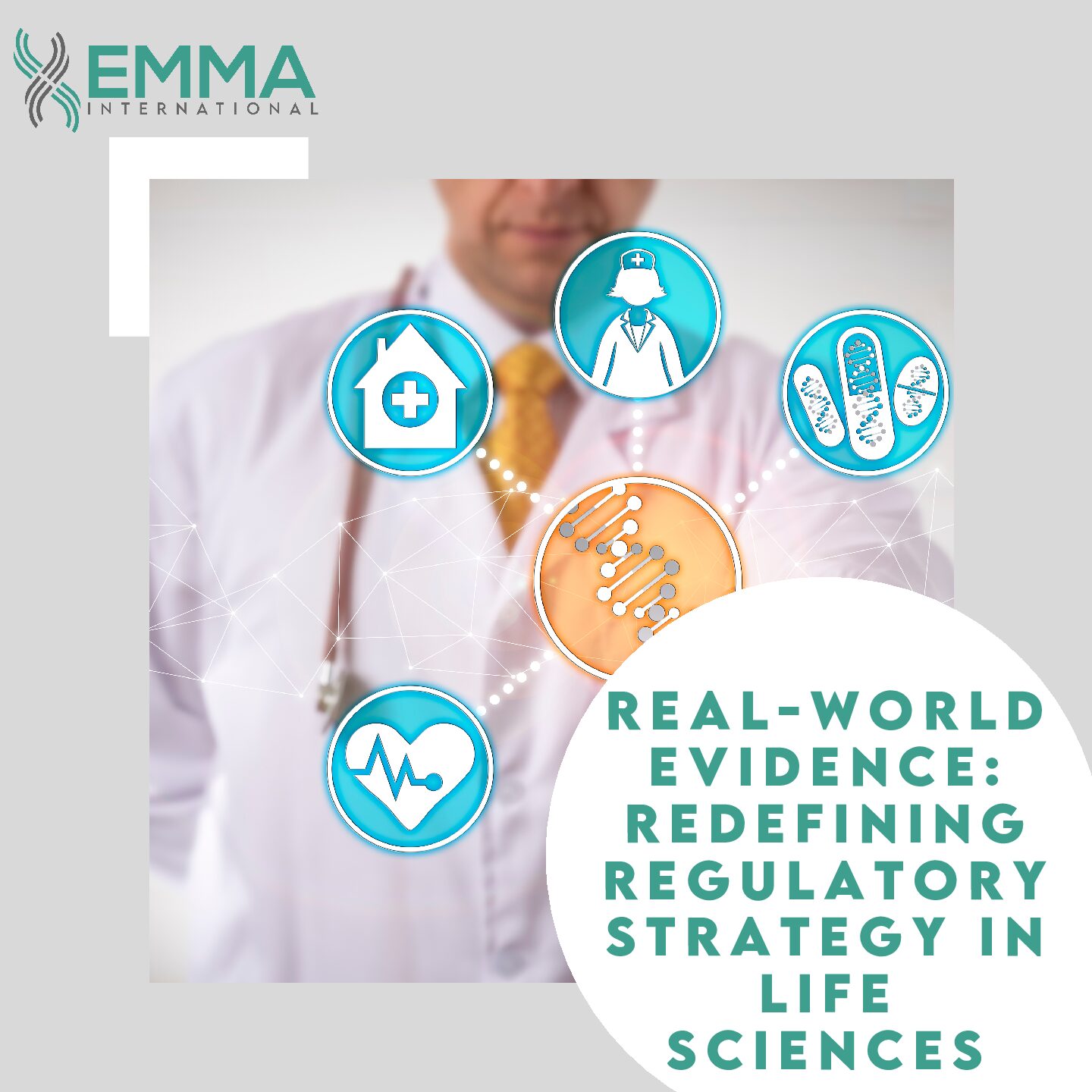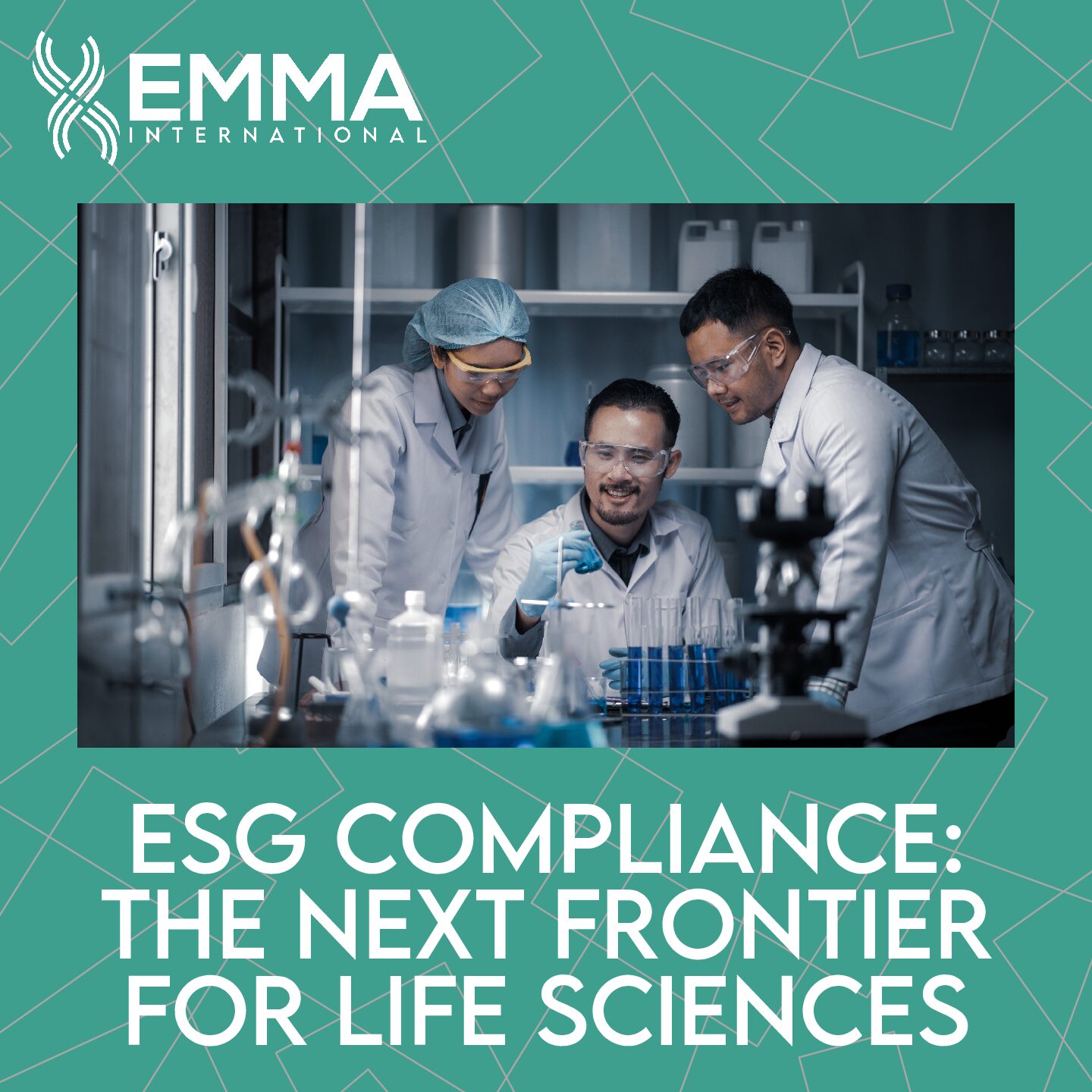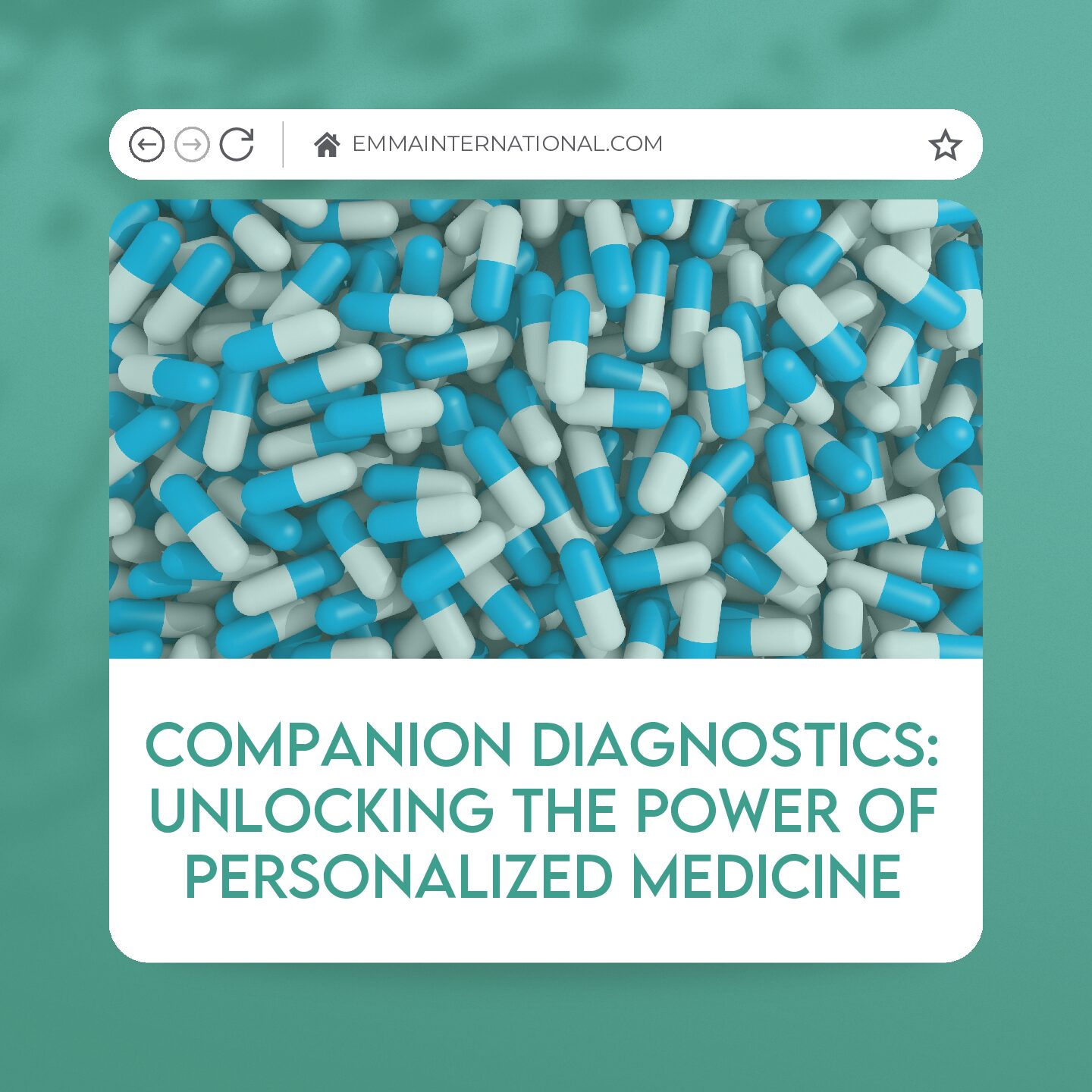We reside in a modern world where digital health services are available and can be accessed online instantly. Despite the apparent abundance of resources, there are still cases where hospitals or blood banks run out of essential resources, such as specific blood type shortages. January is National Blood Donor Month, so we have researched such issues that present themselves as hurdles during blood donation or transfusion events. Also, we have researched applications that might help health personnel efficiently retrieve significant information and acquire resources in times of such emergencies.
In the United States, a blood donation request is generated approximately every two seconds, and blood transfusion events save 4.5 million lives annually. One of the major issues health facilities run into is the shortage of certain blood types. An additional problem is facilities need access to patient data as quickly as possible before beginning patient blood transfer.1 Considering such issues, the availability and knowledge base of collected blood types with patient history is critical. To solve these issues, modern software applications are employed with Machine Learning, Cloud Computing, and Internet of Things (IoT) tools which enable features such as significant information retrieval, continuous data tracking with analytics, and Cloud-powered search engines.
IT Synergistics Bexwise is an FDA 510(k)-approved software that facilitates a paperless blood collection process and an interface through which the collection staff can process patient registration data seamlessly.2 Another 510(k)-approved software application is the SoftBank.web decision support system which connects facilities to blood banks and provides manual and automated data retrieval interfaces. One of the key elements required in these tools is patient data logging and instant data access with notifications. Based on the collected data and using Cloud, an API network can be created. Using this network, these systems can communicate and notify each other in cases where a specific resource stock goes below a pre-defined threshold. Additionally, using AI/ ML algorithms on user registration data, users can be classified as ‘fit’ or ‘unfit’ for a blood donation event, saving a large amount of time and healthcare resources. Surely, such cutting-edge technologies assist in enhancing digital healthcare services by connecting users to digital platforms where they can gain common access to essential information anywhere and anytime.3
Even though these applications introduce sublime process automation, they should be thoroughly tested in compliance with the FDA regulations. This includes documenting the entire software architecture and conducting in-depth code inspections and testing. Such activities unravel any existing risks, allowing developers to mitigate all identified hazards before they release the software. In conclusion, issues specific to blood donation and transfusion events can be resolved by employing cutting-edge technologies with medical devices which enables advanced resource management, quick data retrieval, powerful digital platform, and uniform user access to massive data systems. Indeed, these applications are required to be FDA compliant as well. Do you have a blood donation app or an AI/ML medical device that needs FDA approval? Contact us at 248-987-4497 or info@emmainternational.com for additional information.
1Amy Blair. (December 2020). January is National Blood Donor Month. Retrieved on January 9th, 2021 from https://www.corporatewellnessmagazine.com/article/january-blood-donor-month#:~:text=January%20is%20National%20Blood%20Donor%20Month.
2IT Synergetics. (2021). Products. Retrieved on January 9th, 2021 from https://itsynergistics.com/products/.
3FDA (December 2020). 510(k) Blood Establishment Computer Software – 2020. Retrieved on January 9th, 2021 from https://www.fda.gov/vaccines-blood-biologics/substantially-equivalent-510k-device-information/510k-blood-establishment-computer-software-2020.





